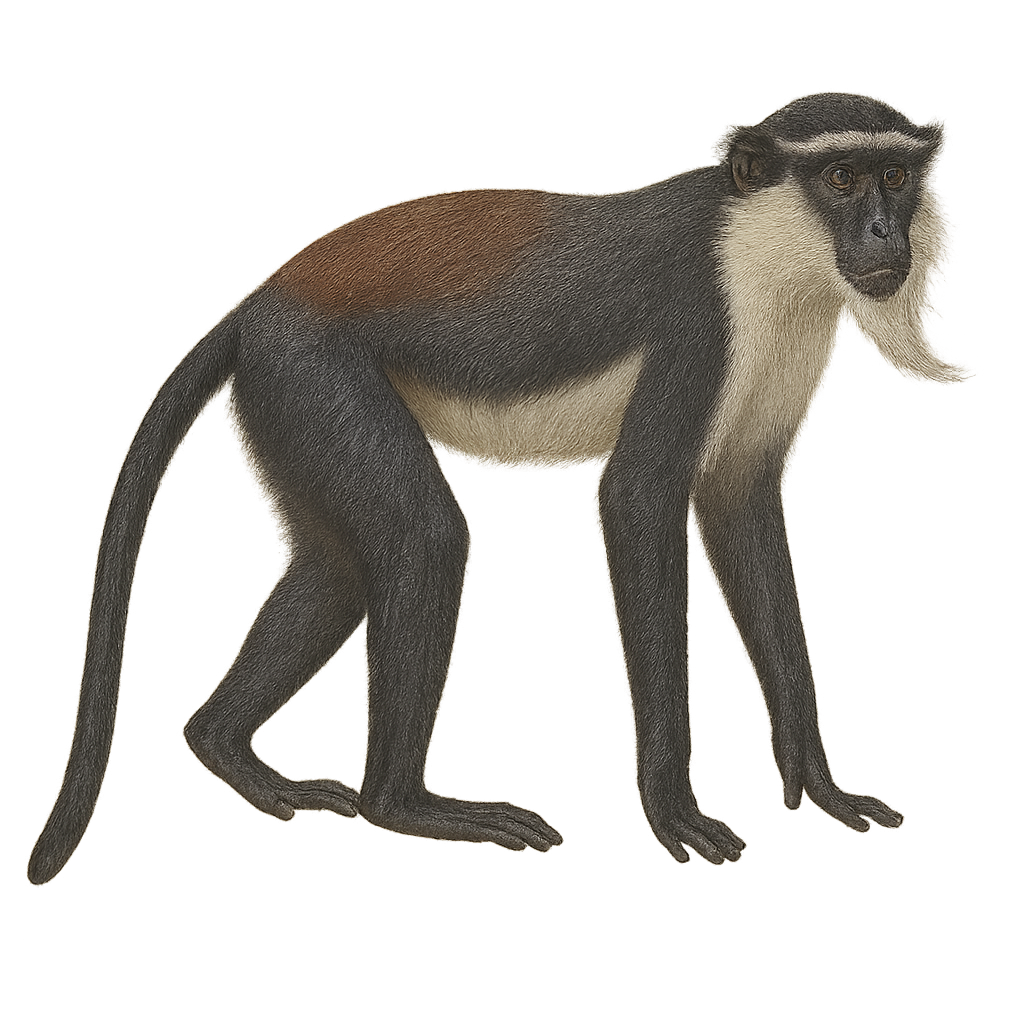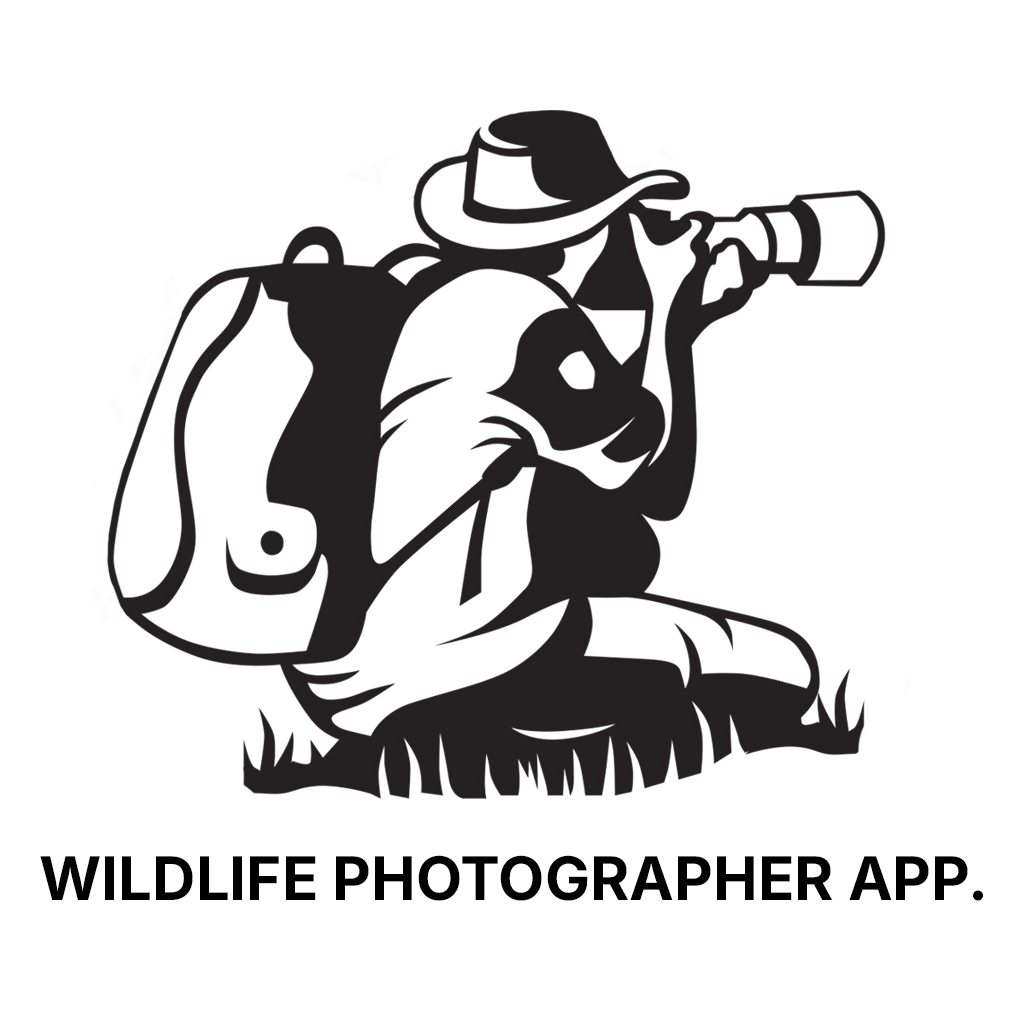Your wildlife photography guide.
Explore the diana monkey in detail, study its behavior, prepare your shots.
Where to observe and photograph the diana monkey in the wild
Learn where and when to spot the diana monkey in the wild, how to identify the species based on distinctive features, and what natural environments it inhabits. The WildlifePhotographer app offers tailored photography tips that reflect the diana monkey’s behavior, helping you capture better wildlife images. Explore the full species profile for key information including description, habitat, active periods, and approach techniques.
Diana monkey
Scientific name: Cercopithecus diana

IUCN Status: Endangered
Family: CERCOPITHECIDAE
Group: Mammals
Sensitivity to human approach: Suspicious
Minimum approach distance: 10 m
Rut period: August to October
Gestation: 160-170 jours
Births: January to March
Habitat:
Tropical forests, rainforests, mangroves
Activity period :
Primarily active during the day, with peak activity in the morning and late afternoon.
Identification and description:
The Cercopithecus diana, or Diana monkey, is an arboreal primate native to the tropical forests of West Africa. It is distinguished by its black and white fur, with a characteristic crescent-shaped white band on its forehead. This monkey is agile and spends most of its time in trees, feeding mainly on fruits, leaves, and insects. Social groups usually consist of a dominant male and several females with their young. The Diana monkey is known for its varied vocalizations, used for communication within the group and to warn of predators. Unfortunately, it is threatened by deforestation and hunting, leading to a decline in its population.
Recommended lens:
400 mm – adjust based on distance, desired framing (portrait or habitat), and approach conditions.
Photography tips:
To photograph the Diana monkey, it is advisable to use a telephoto lens of at least 400mm to capture detailed images from a distance without disturbing the animal. The tropical forests where it lives can be dark, so a lens with a wide aperture is ideal to maximize available light. Be patient and attentive to movements in the canopy, as these monkeys are often on the move. Use a tripod to stabilize your camera and avoid motion blur.
From knowledge to field practice
A species profile helps you understand an animal. In the field, the challenge is often different. Remembering your own observations.
The WildlifePhotographer app allows you to:
• record your personal observations
• note locations, dates, and behaviors
• revisit your field references over time
• build a private and long-term field logbook
The app does not provide observation locations.
It helps you organize what you actually observe, with respect for wildlife.

